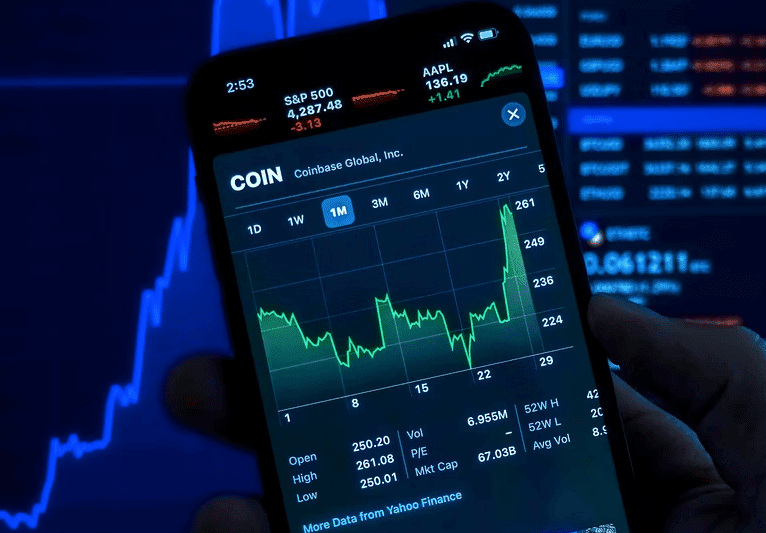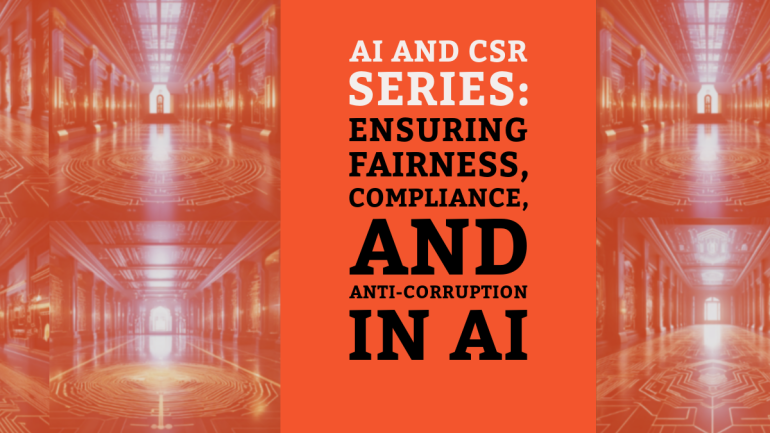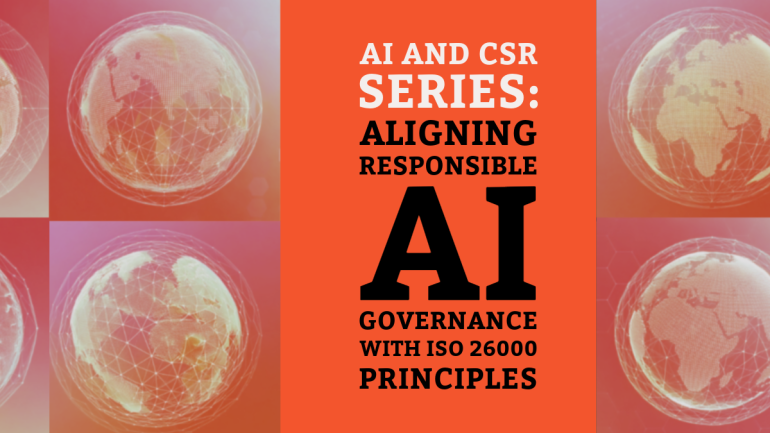Table of Contents
You may also interested:
To those uninitiated, NFTs can be quite difficult to wrap their heads around. Misconceptions, confusion and sometimes even bewilderment often surround the topic of NFTs. “Why would people buy the picture of a monkey?”, some ask, in reference to the ever popular Bored Ape Yacht Club (BAYC) and Mutant Ape Yacht Club (MAYC) collections. “Why can’t I just download the picture, and then I have it?” asks others. “That is not art”, say yet others. What really prompts people to buy NFTs? This article hopes to shed light on this topic, by breaking down the types of people who buy NFTs.
First, just a brief explanation on NFTs. NFTs are the abbreviation for non-fungible tokens, which are essentially digital goods. When someone buys an NFT, their ownership is indicated via a “smart contract” that sits on the blockchain. Because blockchains are structured such that everyone in that chain has a copy of the “ledger” of transactions, this ownership is immutable (cannot be changed) which means that no one can technically steal the NFT away from the rightful owner.
NFT buyer type 1: Those who are interested in the investment potential
There is no doubt thatNFTs have been bought and sold for huge amounts of money. The artist Beeple (Mike Winklemann), for example, sold his artwork as an NFT for USD69 million at Christie’s auction house.
Aside from Beeple, other NFTs such as the ever trending Crypto Punks, Moonbirds, BAYC and MAYC are being bought, sold and resold for huge amounts of money too. BAYC for example, has a floor price (lowest price of any item in the collection) of 83 ETH (USD 166 000) and a total of 3148 ETH (6,296,000) has exchanged hands for this entire collection thus far.
With such figures, there undoubtedly will be people who want to buy NFTs just for the sake of selling them in the “secondary market”. (In the web3 space, “primary market” refers to when you buy NFTs directly from the creators on “early mint”, while “secondary market” refers to when you buy NFTs from a marketplace such as OpenSea. Secondary market could be further subdivided into buying an item “first hand” on public mint, or “second hand” from another owner).
Websites such as NFTGo track the investment potential of NFT collections by showing statistics on market capitalisation (the sum of each NFT in the collection valued at the greater of its last traded price less the floor price of the collection), number of holders, volume traded over the last 24 hours and the floor price of top collections. The larger the market capitalisation, number of holders and volume traded, the higher the potential for the NFT valuation. The floor price of the collection is an indication of the cheapest item in the collection, so investors rarely look for high floor prices. They often try to bull the market by buying from a collection with lower floor prices but higher potential for valuation. They will then sell the NFTs that they have bought for higher prices, turning a profit. Investors who hold large amounts of NFTs are termed as “whales”. Some of them buy and sell NFTs frequently, and these are called “paper hands”. Those who hold on to their NFTs for a significant amount of time are called “diamond hands”.
Aside from reselling their NFTs, there are also other investment options such as “fractioning” an NFT (sharing the cost of purchase with other buyers) and “staking” (keeping NFTs in a crypto bank for interest). OpenSky is a popular website for these services.
NFT buyer type 2: Those who want to use it for commercial purposes
Now, aside from reselling the NFT that was bought, there are others who wish to use the NFT for other commercial purposes. There is something called the “NFT License” (in reality there is more than one licence but this term has kinda stuck with the original licence), which sets out licensing of commercial rights to buyers while retaining Intellectual Property rights for creators. Now, not all NFT projects have adopted this license, but many prominent ones such as CryptoPunks and Meebits have. This license was originally created for the CryptoKitties NFTs. Under the NFT License, the purchaser of the NFT obtains a limited right to use, copy, or display the art underlying their NFT “for the purpose of commercializing [their] own merchandise”, and to generate up to $100,000 in gross revenue each year. The creator of the NFT retains ownership of all legal rights to the underlying art, including all intellectual property rights.
Another licence that allows for commercialisation is that of Forgotten Runes Wizard’s Cult NFT project. Purchasers of these NFTs obtain a non-exclusive, royalty-free commercial license to the artwork up to the value of USD5 million, after which a 20% royalty is applied.
BAYC on the other band, allows the buyer to do whatever they want with the NFT they bought. According to the terms and conditions, “when you purchase an NFT, you own the underlying Bored Ape, the Art, completely”. Buyers get an unlimited license to create derivative works based upon the underlying BAYC NFT with no cap on the revenue generated. This is why Seth Green had plans to create a mini-series on NFTs using the BAYC that he owned as the main protagonist (this was halted because someone scammed him out of his BAYC NFT).

And then there is the CC0 licence that some NFTs adopt. A CC0 licence is a creative commons licence that allows anyone (yes anyone) to use the artwork for any purpose whatsoever. Examples of NFT projects that use this licence are CrypToadz and Blitmaps. The mindset behind licensing an NFT for CC0 is that the ability for public and commercial use will eventually drive up the price of the NFT as a “first mover” in the entertainment space created by public use of that NFT.
NFT Buyer Type 3: Those who are interested in the NFT, crypto or web3 community
There are also those who buy NFTs because of the sheer joy of participating in the community activities of the NFT project. These people buy the NFTs similar to how a loyal fan of Under Armour would continue buying Under Armour clothing, or a fan of Dr. Martens would continue buying Dr. Martens boots. These Under Armour and Dr. Martens fans would continue to follow the social media for Under Armour and Dr. Martens respectively, and sometimes even participate in contests, giveaways and challenges.
Those who buy NFTs for the joy of participation would see themselves as being part of a community that share the same popular culture good. They would participate in the activities organised by the NFT creators on social media, Discord and sometimes in real life (IRL).
Almost every NFT project out there builds their communities through having a roadmap on their websites, self-doxxing and organising frequent and regular activities to cater to their community of fans.
By extension, those who see themselves as believers in crypto and web3 will buy NFTs because of their sheer support for the entire web3 space. The entire web3 space was created as a defence against the volatility of centralised financial markets following the 2008 financial crisis. Even until today, there are strong proponents of web3 that believe that web3 is the key to the future of finance and digital ownership because of the decentralised, transparent and immutable nature of blockchain ledgers.
NFT buyer type 4: Those who buy it for the utility
There are many who buy NFTs because of the utility, or real world benefits that come with the artwork. Utilities may include a physical good, real world services or social causes that are packaged with the NFT. Snoop Dogg and the Food Fighters Universe project will mint NFT that are packaged with desserts sold at Bored & Hungry in Los Angeles. The Face of Solidarity minted a series of NFTs for the war efforts in Ukraine, with profits to be donated to Ukraine.

NFT buyer type5: Those who appreciate good art
There is also a movement for NFT artwork to become more and more artistic. From the beginnings of pixelated artwork of Cryptopunks, NFTs today are moving towards better aesthetics. The Sneaker Heads Off project, for example, take pride in their artwork not being auto-generated, but rather, each NFT being hand crafted using 3D imaging software. Similarly, dielamaharanie creates hand drawn art that is much more aesthetic and takes more effort than early NFTs.

In conclusion, there are many reasons to buy NFTs. Some people buy them for their investment potential, some people buy them for their commercial potential, some people buy them as support for the NFT, crypto or web3 community, some people buy them for their utility and there are also those who want to own a good piece of art. Whatever the reasons may be, NFTs are not going away anytime soon. There are an increasing number of collaborations that are going to bring NFTs into the mainstream, including Sandmilk where you can buy NFTs without owning cryptocurrency, and the partnership between MasterCard and some NFT marketplaces where you can purchase NFTs with your MasterCard.




